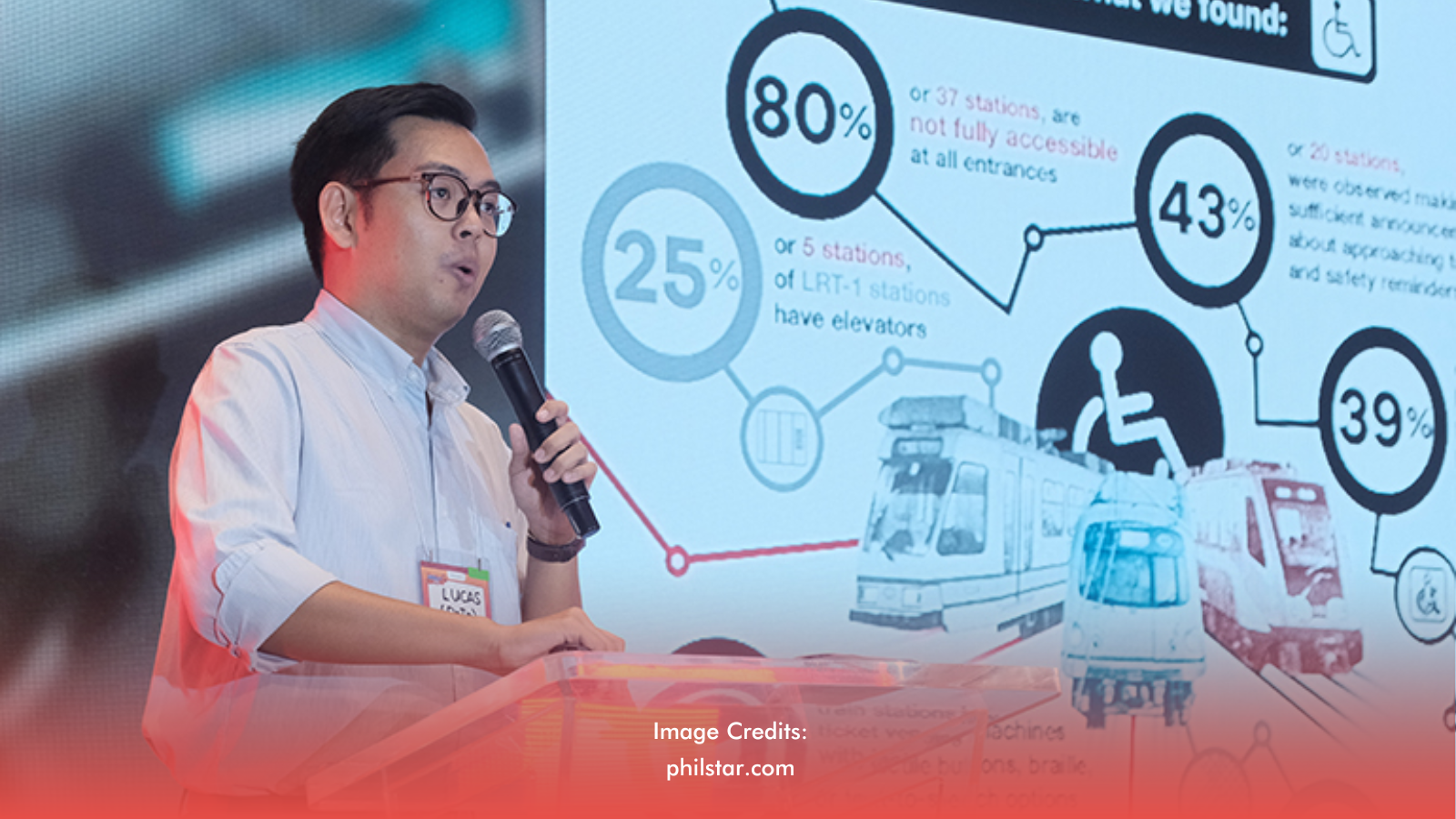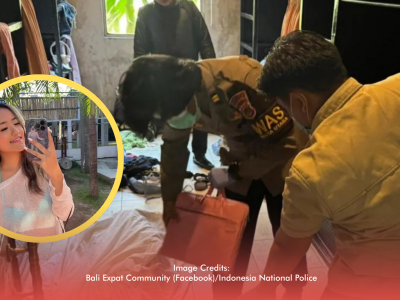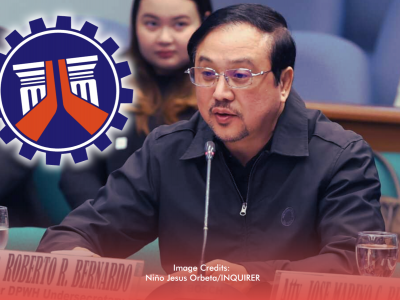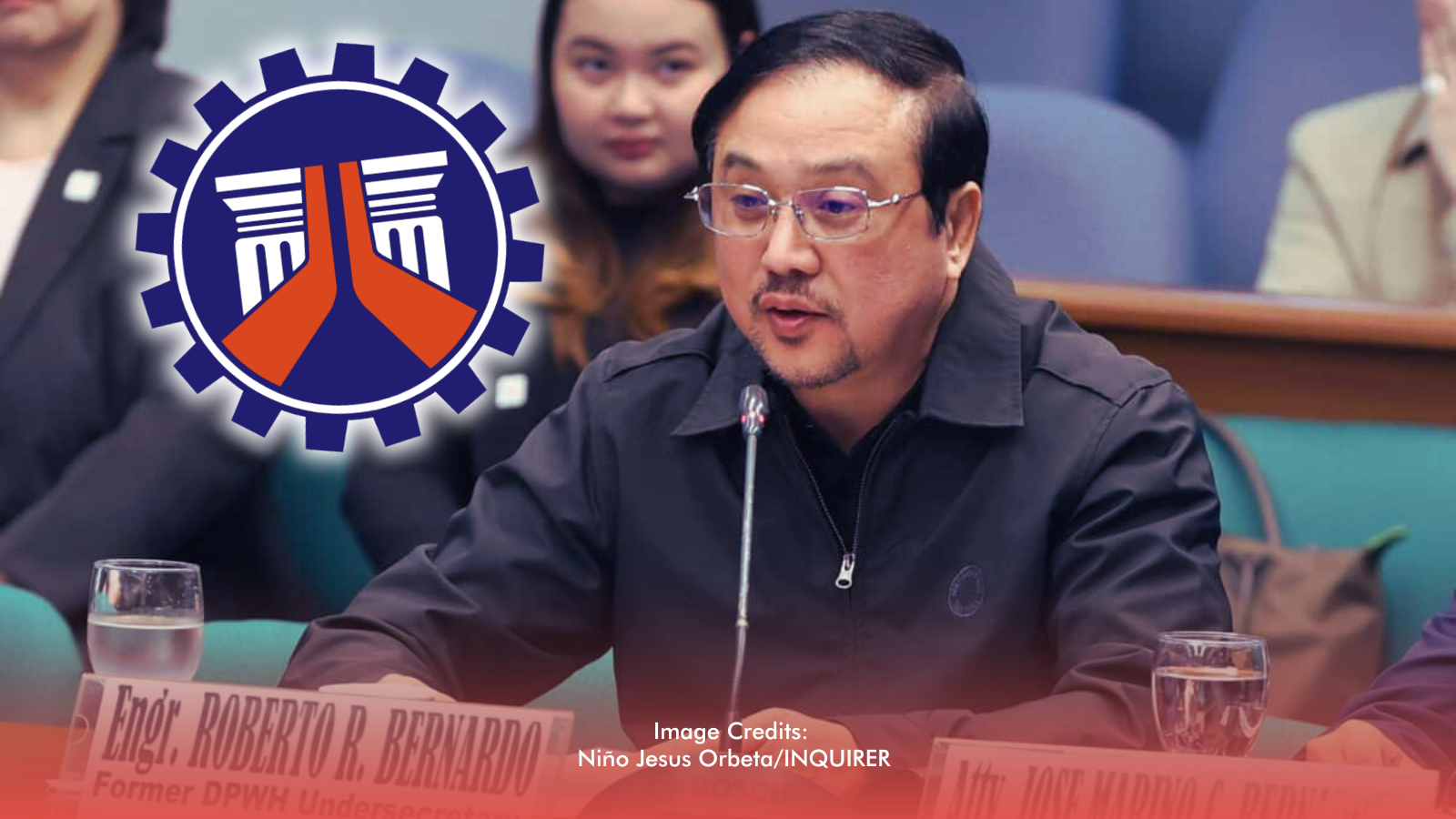The Department of Transportation (DOTr) is set to roll out a new directive that will let commuters and underrepresented groups help design a more inclusive and efficient public transport system. The initiative aims to address long-standing issues in public commuting and mobility through broader collaboration among sectors and everyday riders.
RELATED: [Marcos Highlights Need To Rethink Car-Centric Transport In PH]
Commuters to Play Key Role in Framework Design
At the Philippine Mobility Summit 2025, DOTr Supervising Transportation Development Officer Lucas Mangulabnan said the agency’s upcoming order seeks to involve more stakeholders in creating effective and responsive transport solutions.
“We’re pushing for this to be enacted as a Department Order to transform the way we work in the department. We hope that other implementing agencies can catch on as well and that we’re currently refining the legal aspect of the department order, and hopefully this will be rolled out soon,” Mangulabnan said.
The DOTr plans to include persons with disabilities, senior citizens, women, expectant mothers, parents with children, members of the LGBTQ community, and those carrying heavy or bulky luggage in the planning process. This diverse group—collectively called the Accessibility or Inclusion Reference Group (AIRG)—will serve as an independent consultative body that will work closely with technical consultants and experts.
Mangulabnan explained that the AIRG will be “regularly and intimately involved” in designing feasibility studies and engineering plans for passenger facilities, providing feedback and suggesting alternative solutions to ensure that mobility projects address real commuter needs.
Transport Experts Urge Public Participation
Grab Philippines, one of the summit’s sponsors, welcomed the government’s move toward co-designing public transport with everyday users.
“To hear civilian voices, to enable the exchange of ideas, to co-create solutions to make mobility in the Philippines better is the appropriate approach because they are the ones who experience first-hand the problems or shortcomings during their daily commute,” said Grab Philippines’ Booey Bonifacio.
Mangulabnan also acknowledged that many planners and consultants are not regular public transport users, resulting in gaps in accessibility and inclusion. The new framework, he said, aims to close these gaps by fostering collaboration between experts, implementing agencies, and “people with lived experience.”
“The government cannot do it alone and when it’s in place, we’re very much looking forward to seeing more involvement and active participation from the public in the delivery of our transport projects. It is public money, after all,” Mangulabnan said.
The Philippine Mobility Summit, held at One Ayala in Makati City, concluded a months-long “Philippine Mobility Series” that tackled issues such as road safety, inclusive urban spaces, low-cost mass transit, and transport transformation.
RELATED: [Discounted Fare: DOTr Distributes White Beep Cards For Priority Sectors]








